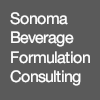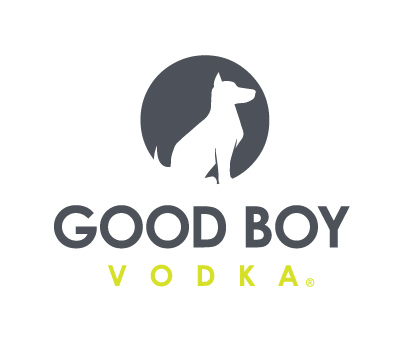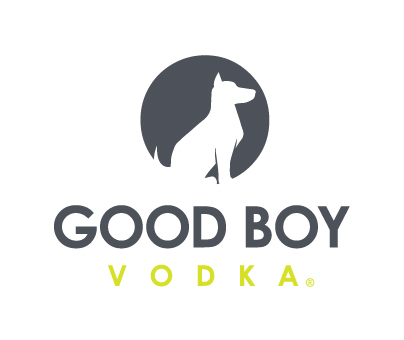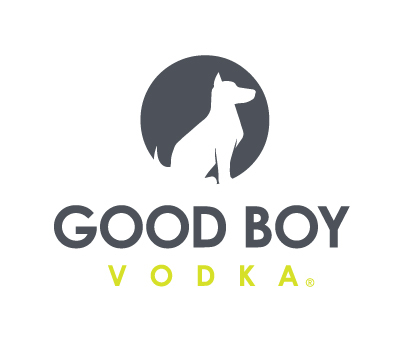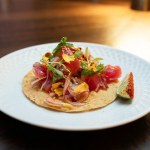KeHE VP: Innovation, Promotion Still Crucial in Crisis

As the global response to COVID-19 changes day by day, so does the retail landscape. As consumers settle into life spent almost entirely at home, the increased demand seen during mid-March stockups has slowed (though by no means disappeared) and the food and beverage industry is now facing concerns of supply chain shortages, bankruptcies and a consumer base hurt by rising unemployment.
In a webinar hosted by the Hirshberg Institute on Wednesday, three leaders in the natural grocery space — including KeHE Distributors VP of category management and growth solutions Kate Paul, Independent Natural Food Retailers Association (INFRA) interim CEO Pat Sheridan, and Natural Co-Op Grocers (NCG) senior director of purchasing Ben Nauman — discussed how distributors and retailers are responding to the fast-changing environment and what brands can do to stay on top of the crisis.
KeHE Prepares for the Future
Katie Paul identified three distinct phases of consumer buying behavior during the pandemic: The proactive stock-up phase that came at the end of February as more wary consumers began to suspect the virus would become an issues, the massive stock up phase in mid-March that saw rushes on toilet paper and frozen foods, and now the current quarantine stage that is resulting in higher sales for staples such as baking goods, pasta, sauces and soup.
For KeHE, Paul said, the mid-March stock up resulted in anywhere from two to five times the typical daily demand for products from the distributor’s warehouses. Like UNFI, KeHE has since hired out of work employees from food service distributors that are more directly impacted by the closure of on premise accounts and has restructured its spending to focus on key areas of the business in need of support.
Despite the challenges, Paul advised brands to move forward with innovations and new product launches. She said KeHE is still onboarding new products, even if some retailers are still pushing back resets and refusing buyer meetings. Getting product launches ready now, she said, will allow brands and distributors to execute the moment retailers begin seeking out new innovation again.
“There is a subset of retailers still looking for [new brands and products],” she said. “If they’re not though, then hunker down. Use this time to work on your strategic plan, work on your go to market strategy, [and] work with KeHE and our category management team so you’re ready to execute.”
Although brands and retailers have taken varying approaches to promo pricing during the crisis, Paul suggested that as holidays approach later in the year promotions may become “more important than they might have ever been.” She noted that rising unemployment will lead to tighter budgets even after social distancing restrictions lift and families are able to reunite. Over 30 million Americans have filed for unemployment since mid-March.
“When consumers can gather with families again and experience traditions, as an industry we’re probably going to have to meet them where they are financially and the way we’re going to be able to do that is through promotion and value,” Paul said.
Ben Nauman added that as consumers seek out value purchases, some of NCG’s members have begun requesting club packs from brands. But while some shoppers are looking to save money, he noted that those who are still working and have seen no impact on income are turning to the grocery store as a place to splurge. Indulgent and luxury products have grown during the crisis, he said, as consumers can no longer eat out at restaurants or spend money on entertainment and travel.
Find the Opportunity in the Pandemic
Pat Sheridan, interim CEO of the Independent Natural Foods Retailers Association, noted that disruptions to the food and beverage industry will leave white space in the market long after COVID-19 is a distant memory as many brands and restaurants are expected to declare bankruptcy due to the disruptions. Though there will be significant losses, Sheridan advised companies to be ready to fill the void.
Restaurant closures, he said, will see CPG brands play a more prominent role in consumers buying habits, creating new potential for premium products that can replace restaurant quality food.
As well, Sheridan noted that brands have not only been impacted by supply chain issues in sourcing ingredients, but also through manufacturing processes. Some companies, he said, have dropped specific SKUs because the production could not be conducted without violating social distancing rules. The absence of certain products — though he didn’t specify which — could leave a gap in the market that is unlikely to be filled even after the pandemic passes.
“I think that’s an opportunity for brands out there to look at what isn’t being filled,” Sheridan said. “Can you be an alternative and can you be the new normal? Because some of the large manufacturers, I suspect, will not go back to filling those product lines.”
Like most grocers, natural channel retailers are seeing high levels of year-over-year growth during the pandemic. Nauman said that NCG’s members saw on average just under 35% growth during March, while Sheridan said INFRA’s members reported anywhere from 45%-100% growth. However, Sheridan warned that the growth “doesn’t come without a cost.”
Many retailers, Sheridan said, have struggled to adapt to the demands of the pandemic, including hiring new staff, providing personal protective equipment (PPE) and implementing contactless options such as ecommerce delivery and curbside pickup for the first time. As independent retailers, he noted that many of INFRA’s members were not prepared for the challenge of going digital and the association has worked to help them through the process.
“A retailer going into ecommerce is not a profit operation today, it’s a big learning experience,” Sheridan said.







